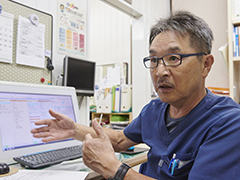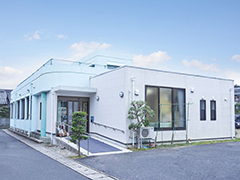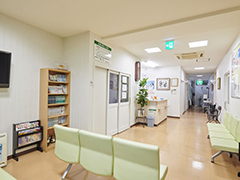- TOP
- For Doctor
- Electronic Medical Record: Doctor’s Report
- Izumi Gastroenterology Clinic

Izumi Gastroenterology Clinic
Interviewee: Dr. Akio IzumiMatsue City, Shimane Prefecture/Gastroenterology/Proctology/Surgery/General Practice
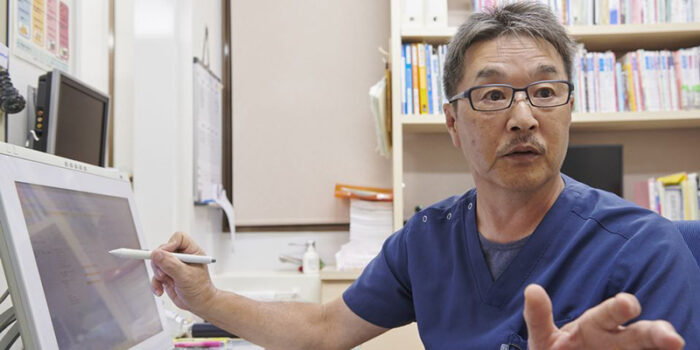
Booking Tests Immediately on Mame-NET is Amazing and Gives Us More Time to Spend with Patients.
In addition to running Izumi Gastroenterology Clinic, Dr. Akio Izumi serves as the chairman of the Matsue Medical Association and is a key figure in promoting the Shimane Medical Information Network (nicknamed “Mame-NET”).
We asked him what the deciding factor was when it came to introducing BrainBox electronic medical records, which was rare at that time (2006), as well as its ease of use when linked to Mame-NET.
What were the final deciding factors in your decision to implement our BrainBoxVIII?
I think it was around 2006 when I was trying to decide between BrainBoxVIII and another company’s electronic medical record system. Ultimately, we decided to install BrainBoxVIII, which had a stylus, a rarity at the time.
Thank you very much. What was it about having a stylus that you appreciated?
The best part is that I can couple my explanations to patients with drawings. This was a major deciding factor for us, as there are situations where it is difficult to communicate with words or if a patient has hearing difficulties. I feel that actual pictorial explanations are easier to understand. I even used to explain things to my patients by writing on a notepad, but now I have a stylus which makes the process much smoother.
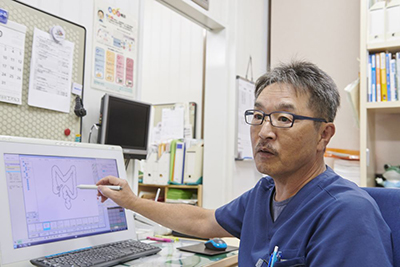
So, you found value in your ability to explain things using pictures that are easy for patients to understand. How easy is the stylus to use?
I actually use both the stylus and keyboard quite well, which is helpful during medical examinations. I often use the drag & drop function for simple prescriptions which is easy to use. I inevitably spend more time looking at the screen when I am typing on the keyboard, however, when using the stylus, I spend less time looking at the screen and more time talking with and facing the patient, which I feel is a great advantage.
That is a unique advantage of the stylus! We heard that you’ve been recommending BrainBoxVIII to other doctors in neighboring areas. Could you tell us the reason for your referral?
I actually used it and found it easy to use, so I remember recommending it to several doctors and telling them about how easy it makes explanations and how smoothly you can move between screens with just one click which saves time not having to write everything down, even when you’re busy. It may not be a reason, but at that time (around 2006), electronic medical records themselves were very rare in medical associations, and despite admittedly being IT illiterate at the time, my introducing Yuyama’s BrainBoxVIII had an impact.
At that time, I was working towards becoming a mid-career member of the medical association and, being surrounded by colleagues at the same point in their career, I was in a position where I could easily attract attention, which may have had something to do with it.
This is based on hearsay, but I heard many doctors later talking about my recommendation because I’m not very IT literate and I still found it easy to use. I think I was the biggest influence in the number of neighboring facilities adopting BrainBoxVIII (laughs).
This definitely gives us a glimpse of how much influence you hold! We understand that you are also a central figure in the promotion of Mame-NET and are using our BrainBoxVIII for regional medical network collaboration. How easy is it to use?
It’s quite easy to use because you can read test data and CT and MRI comments from the general hospital on Mame-NET, as well as the same information from tests performed at the general hospital.
Also, the biggest advantage I feel using Mame-NET is that I see where there is availability and make an appointment for an examination on the spot, which is great. Until now, when a patient came to the clinic on a Saturday, we had to call the hospital at the beginning of the week to check their availability and then make an appointment. But with Mame-NET, we only need to ask about the patient’s needs and can make an appointment right then and there, which is a huge advantage for the patient.
While we have been encouraging more hospitals to adopt this system, the ability to make appointments for medical examinations is limited to just a few. We are currently asking them to adjust in order to smoothly reflect the basic data available in Mame-NET. In this sense, there are still aspects of the project that are in progress, but we are looking forward to the future.
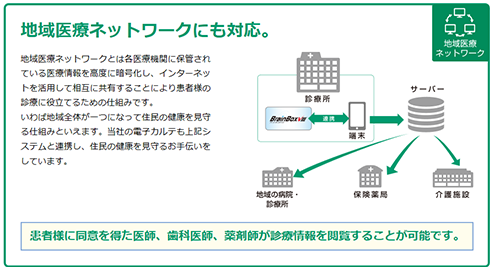
So, the benefits to patients have increased through linking with Mame-NET. Do you feel that the BrainBoxVIII has improved the convenience of some devices such as electrocardiographs, X-rays, and image filing systems that are linked to it?
It certainly is nice to be able to share information and retrieve it instantly, compared to the days when we were operating with paper medical records. It’s much easier because the data is managed centrally. In the past, we had to import images, but linking these elements has virtually eliminated the need for intervention by nurses and office staff, which we feel has led to improved convenience in this regard.
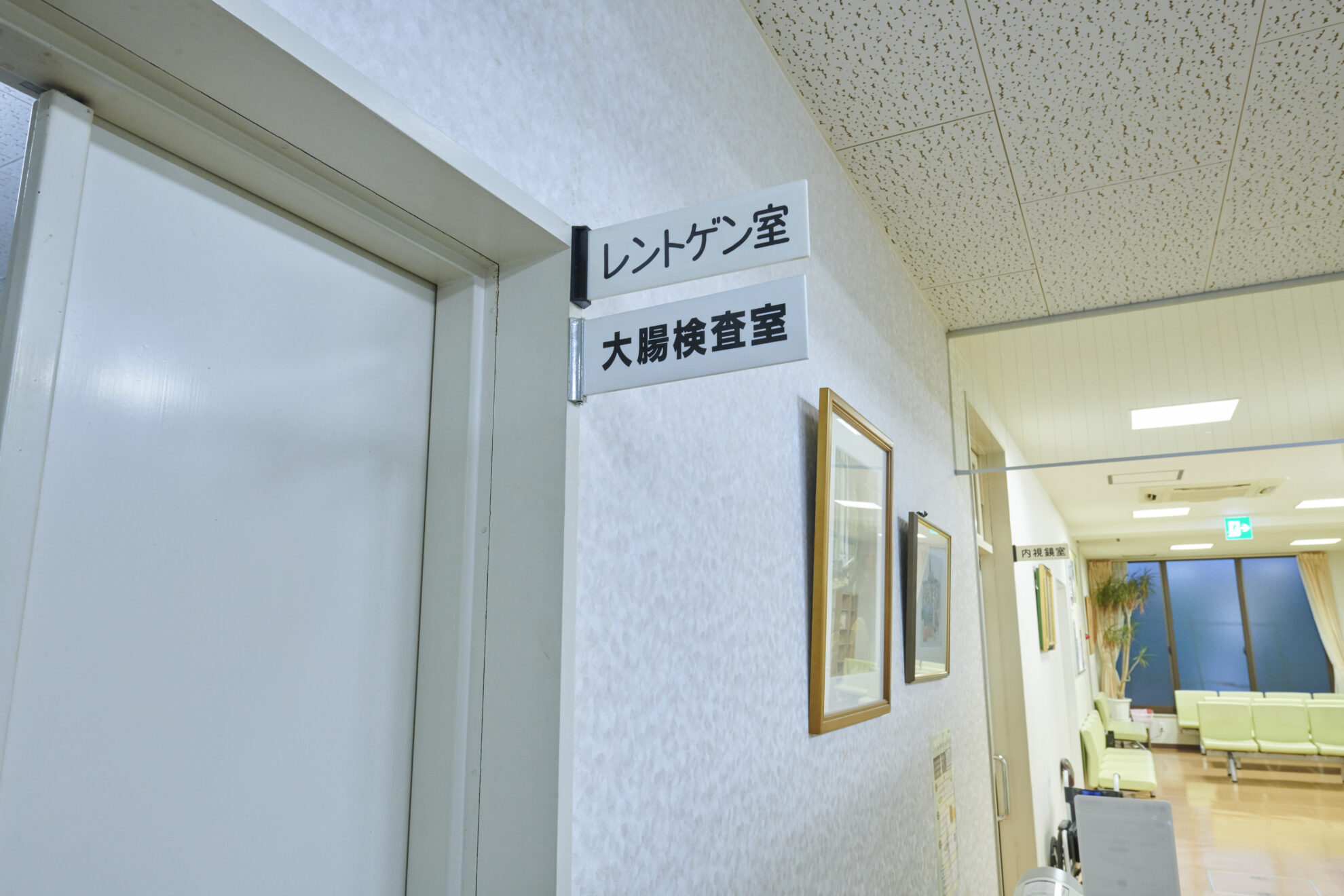

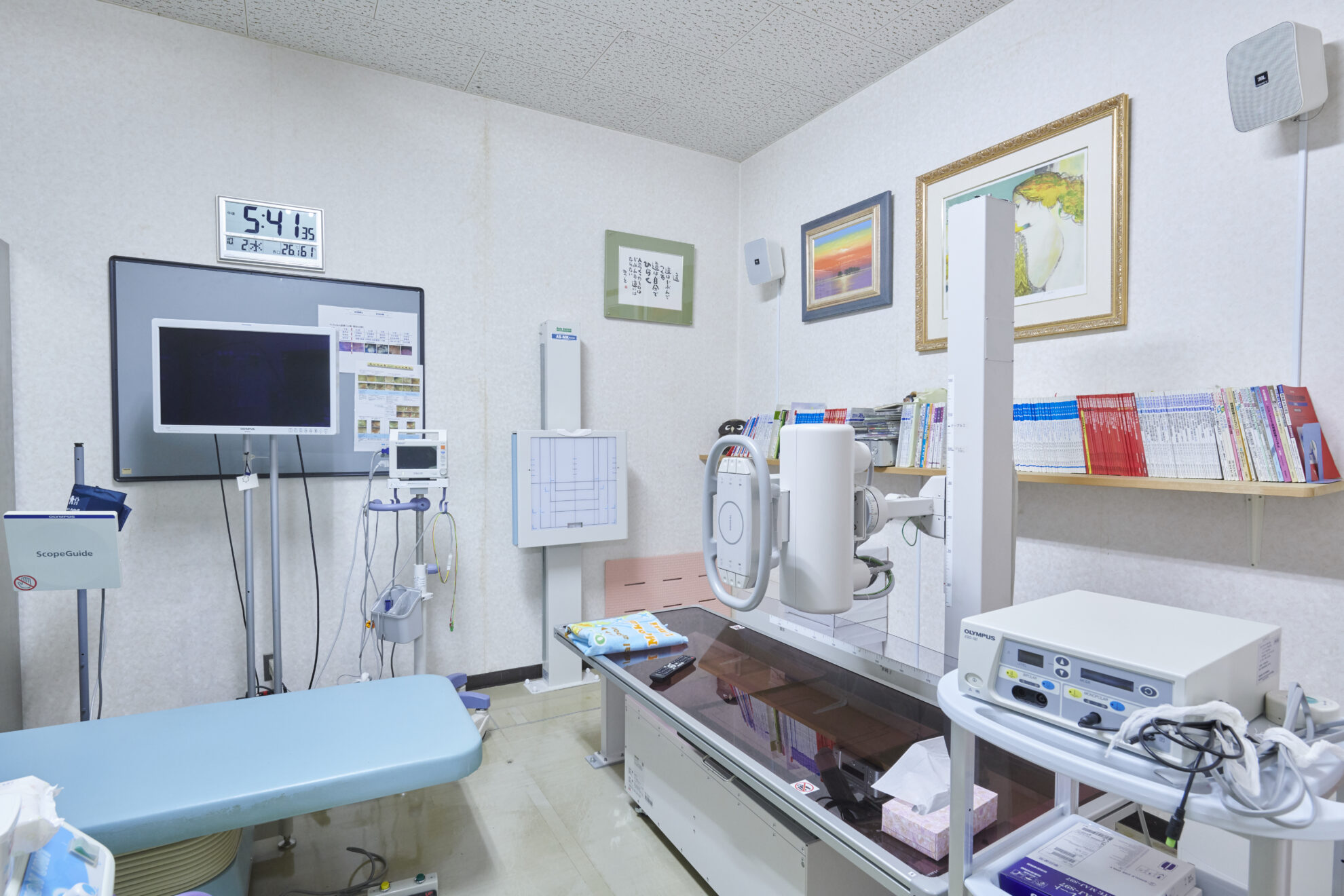
Being able to link it to a variety of devices is a unique advantage of BrainBoxVIII. We have heard that your staff is also using it now. What is their judgment?
We have been using BrainBoxVIII since 2006 and have never used any other company’s product, so it’s difficult to compare, but our staff members have said that it is easy to use. I think that’s partly because they are accustomed to using it.
Thank you. What are your impressions of the MDbank medical database that comes standard with our BrainBox VIII?
It’s very helpful because when I order a prescription, I am automatically alerted when the drug in question is not covered by insurance or when I deviate from my regular dosage. Of course, it is necessary to inform the user to large deviations due to input errors, etc., but there are situations where even small deviations in the normal dosage amount will still result in an alert.
For example, when a small amount of stomach medicine with a regular dosage of 3.9 g is combined (packaged together) with another drug, it can be perplexing because the dosage must be exactly 3.9 g or a warning will appear. However, I understand that this function is there to avoid being assessed (returned or deducted points) in insurance claims, so I believe it has merit. Of course, this has been very helpful when used on a regular basis.
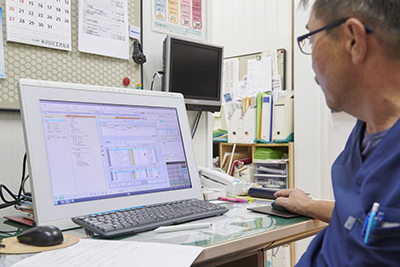
Thank you for your valuable feedback. Finally, please tell us about your clinic’s policy.
We aim to provide medical care that is easy for patients to understand and agree to. Patients are not experts, so we are always thinking about how we can express ourselves in a way that is as worry-free and easy to understand as possible. While this doesn’t pertain to our policy, my life’s work includes early the detection of gastrointestinal and colorectal cancer, its treatment and eradication related to H. pylori, as well as cancer prevention. I’ve also recently been involved in the establishment of the Matsue City Pancreatic Cancer Project, which involves the entire Matsue Medical Association, with the aim of detecting pancreatic cancer as early as possible. I am personally interested in end-of-life care, and recently established a council called Advance Care Planning* (ACP).
※Patients and their families, together with medical personnel and care providers, discuss in advance not only their current illness, but also their future medical and nursing care. This includes end of life care and the process of choosing who will make decisions on the patient’s behalf, in case their ability to make informed decisions declines.
Thank you for your time today.
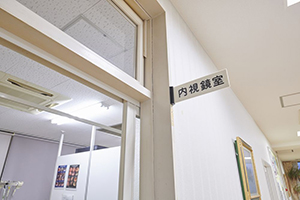
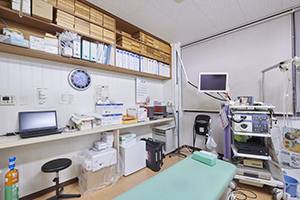
Clinic Profile
Izumi Gastroenterological Clinic is located in Matsue City, Shimane Prefecture, also known as the “City of Water.” It is run on the shore of Lake Shinji, famous for its beautiful sunsets. Dr. Izumi is a leading expert in endoscopies, and says that he tries to make consultations easy to understand while understanding the patient’s perspective. We could feel how much he considers his patients during the interview through his use of detailed explanations and helpful gestures.
Information as of October, 2019
